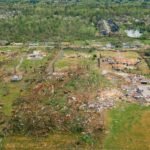Guide to organizing a climate change awareness event
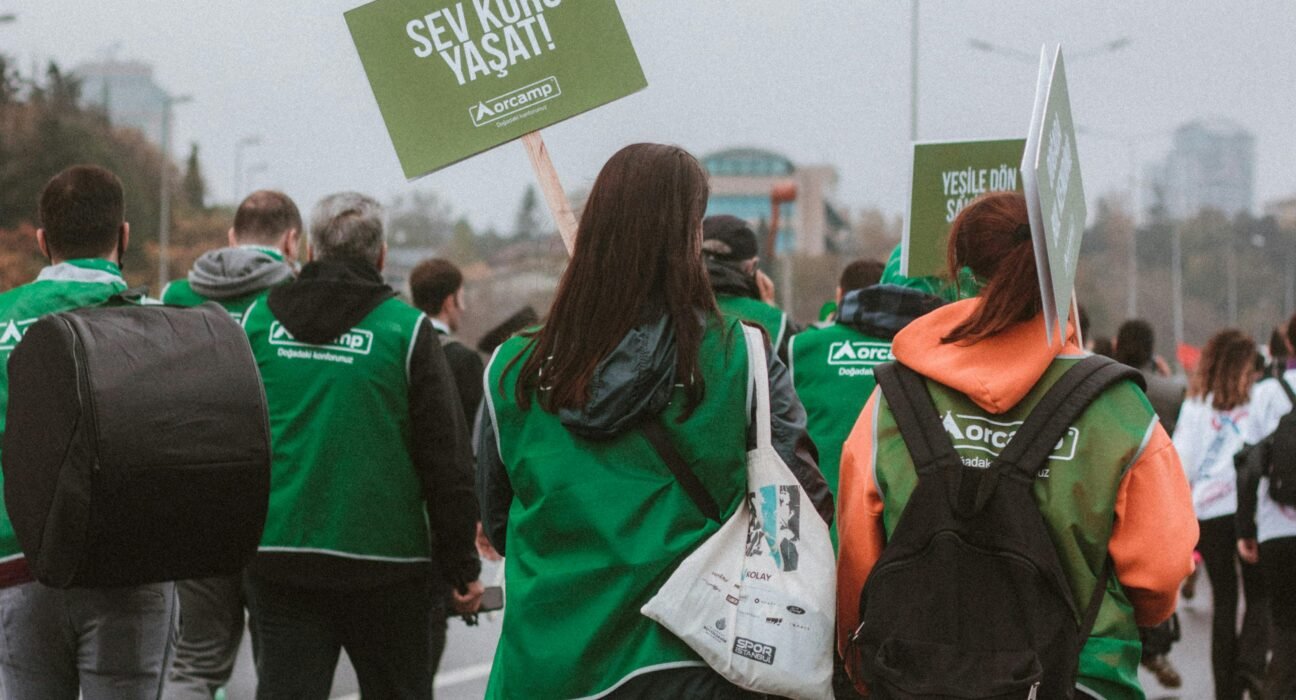
Guide to Organizing a Climate Change Awareness Event for Middle-Aged Individuals
As a blogger targeting middle-aged individuals aged 40-55 in the United States, organizing a climate change awareness event can be a powerful way to engage your audience and inspire action. This guide will walk you through the steps to create an impactful event that resonates with your demographic.
Understanding Your Audience
Middle-aged individuals in this age group are likely to be established in their careers, have families, and be concerned about their community and future. They may also be more skeptical about climate change or feel overwhelmed by the scale of the issue. Therefore, it’s crucial to tailor your event to address their concerns and values.
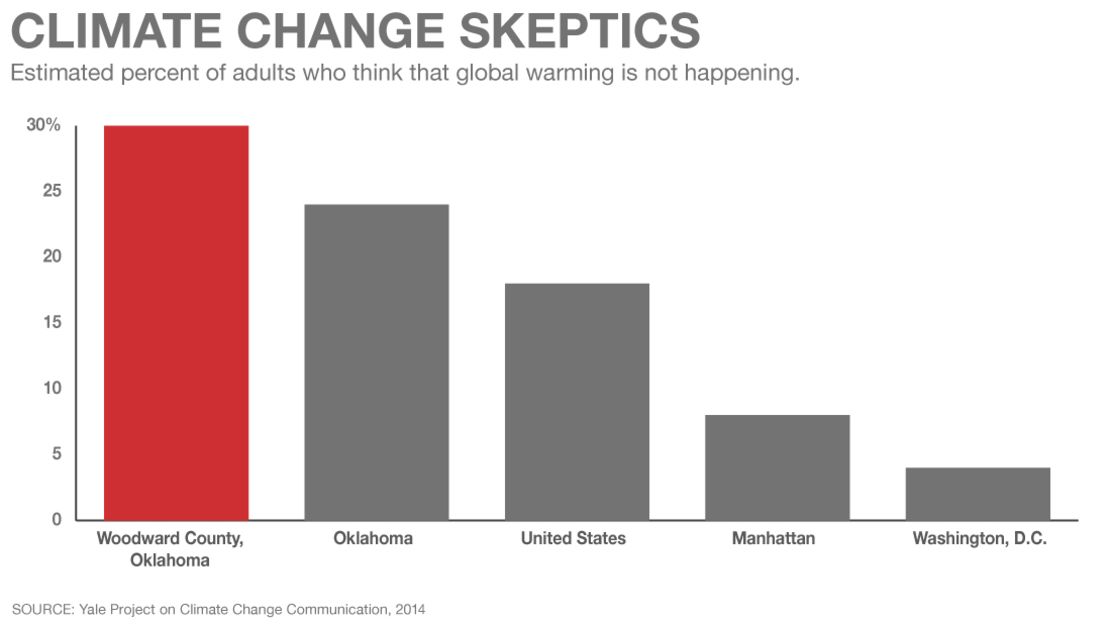
Step 1: Define the Event’s Purpose and Objectives
Before planning, clearly define what you want to achieve with your event. Consider the following objectives:
-
Raise Awareness: Educate attendees about climate change impacts and solutions.
-
Inspire Action: Encourage participants to adopt sustainable practices.
-
Build Community: Foster a sense of community among attendees who share similar concerns.
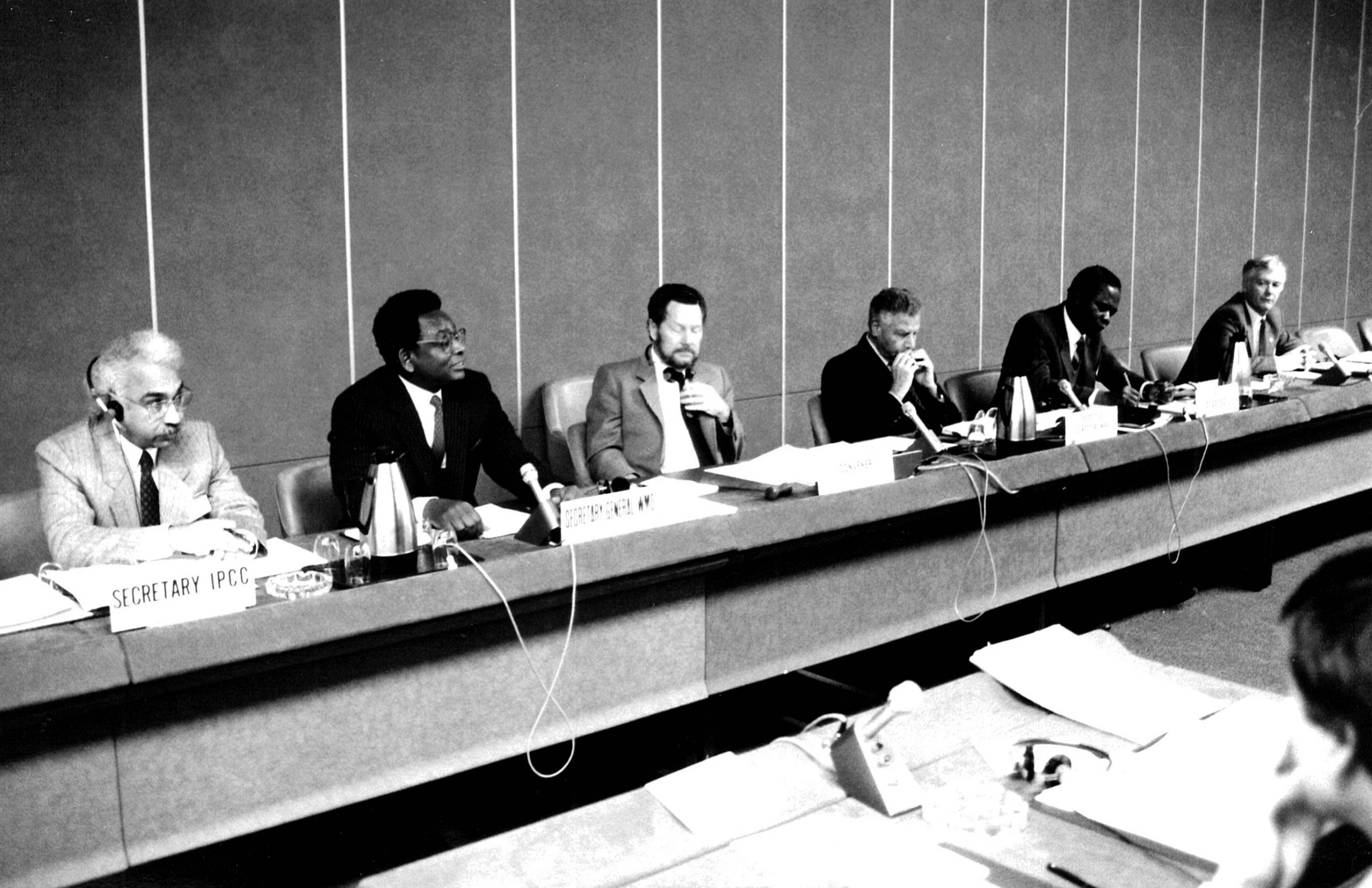
Step 2: Choose an Engaging Event Format
Select an event format that appeals to your audience and aligns with your objectives. Here are some ideas:
-
Community Climate Night: Host an evening with presentations, discussions, and interactive activities focused on climate change.
-
Eco-Friendly Fair: Organize a fair with eco-friendly product stalls, workshops on sustainable living, and interactive exhibits.
-
Film Screening and Discussion: Show a climate-related film followed by a panel discussion or Q&A session.
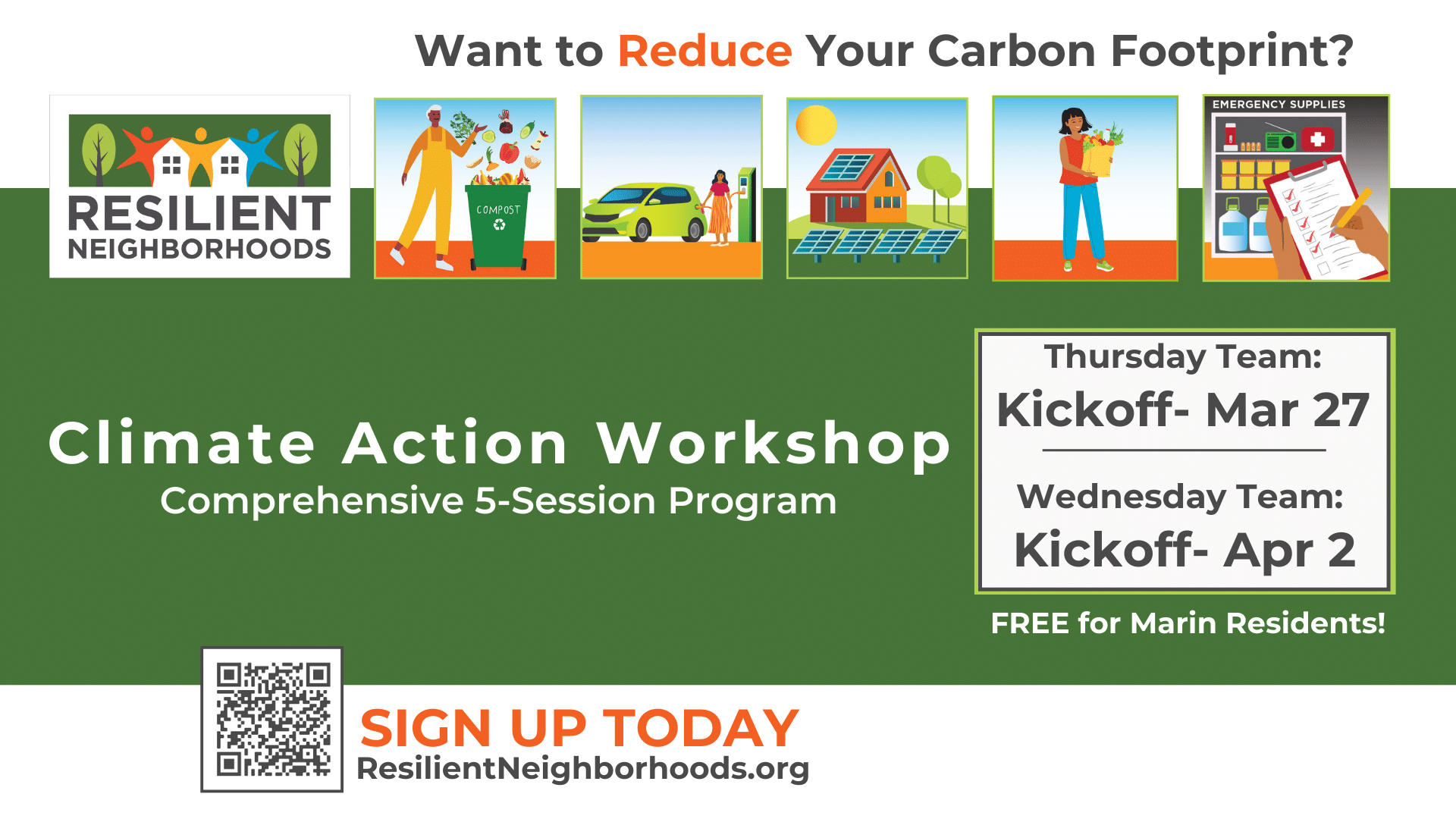
Step 3: Plan the Logistics
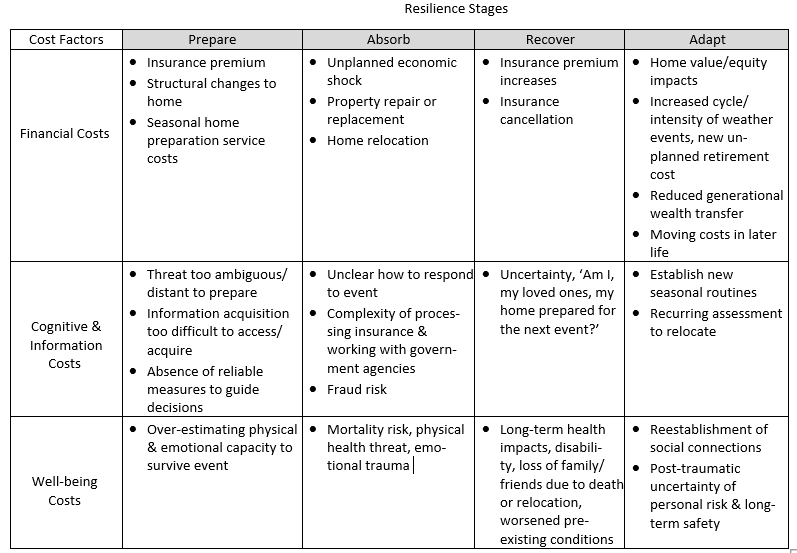
Venue and Timing
-
Venue: Choose a venue that is easily accessible and has minimal environmental impact (e.g., a local park or community center).
-
Timing: Schedule the event at a time that works well for your audience, such as a weekend afternoon or early evening.
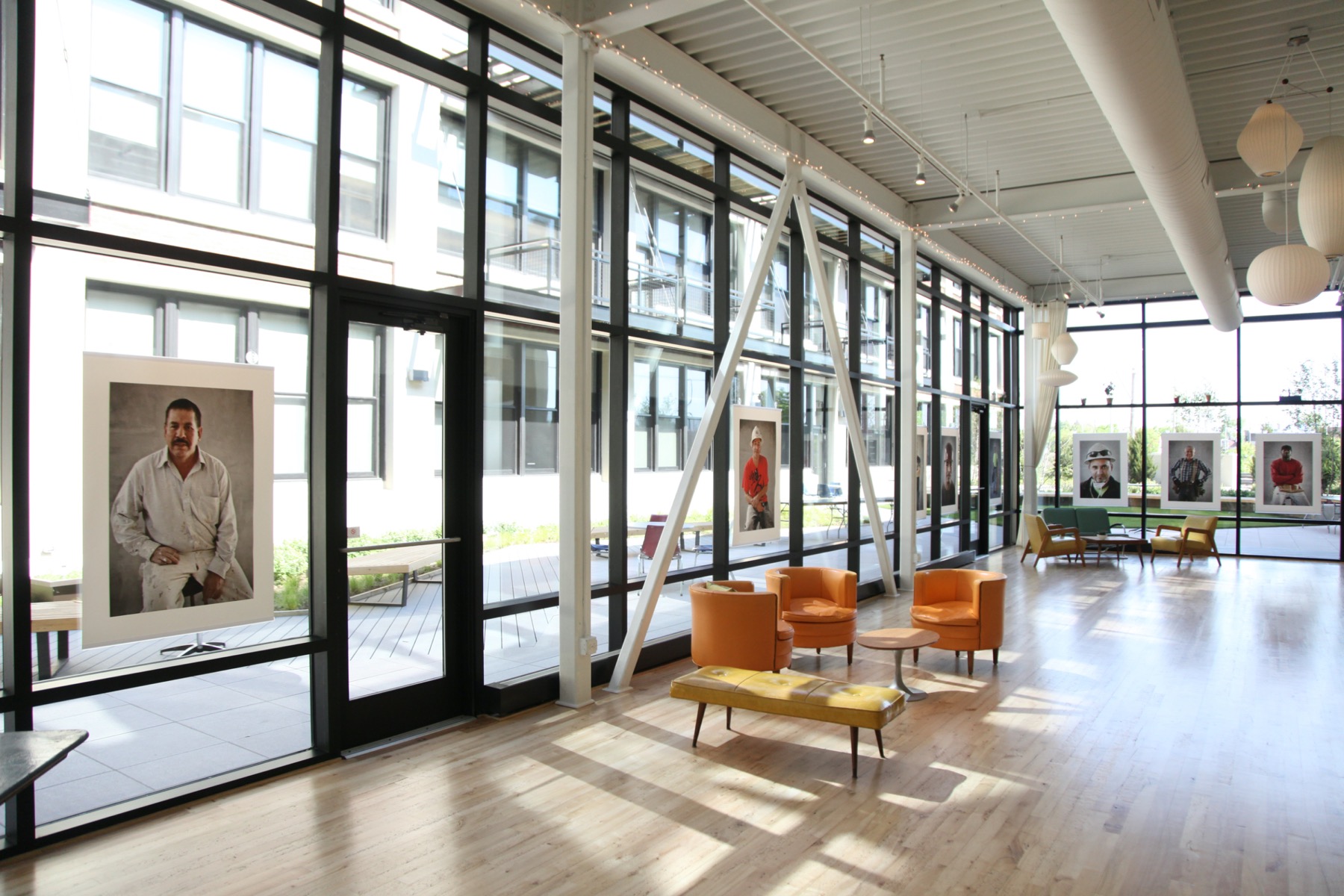
Budgeting
-
Sponsorships: Seek local businesses or organizations that support environmental causes to sponsor your event.
-
Volunteers: Recruit volunteers to help with setup, registration, and other tasks.

Promotion
-
Social Media: Use platforms like Facebook, Twitter, and Instagram to create buzz around your event. Share engaging content, such as infographics or short videos.
-
Local Press: Reach out to local newspapers and community newsletters to publicize your event.
-
Email Invitations: Send personalized invitations to your blog subscribers and local community groups.

Step 4: Engage Your Audience
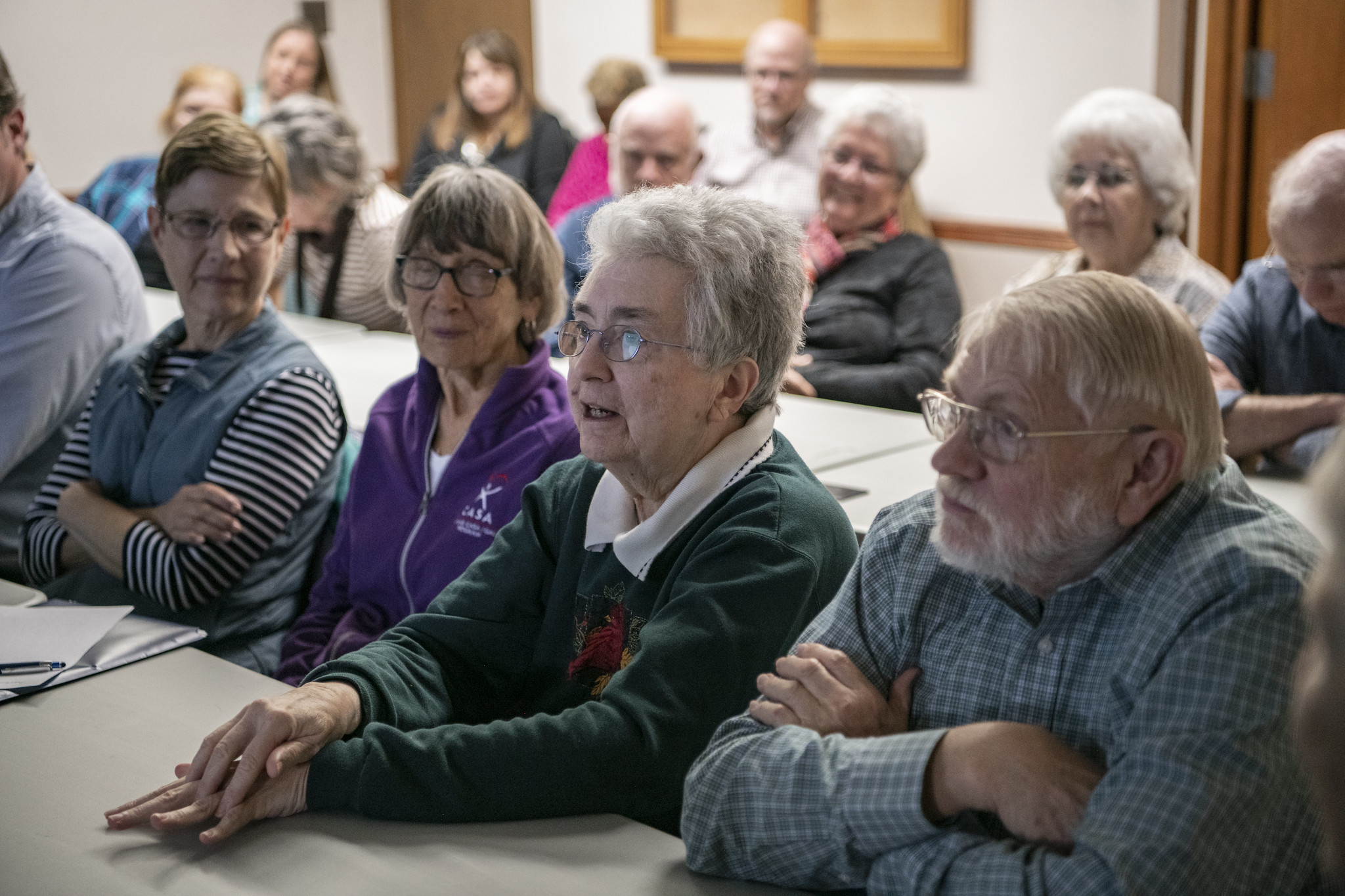
Interactive Activities
-
Workshops: Offer hands-on workshops on topics like composting, energy efficiency, or sustainable gardening.
-
Panel Discussions: Host a panel with local experts discussing climate change impacts and solutions relevant to your community.
-
Community Engagement: Encourage attendees to share their experiences and ideas for climate action.

Incentives and Giveaways
-
Eco-Friendly Giveaways: Provide attendees with eco-friendly items like reusable bags, water bottles, or plant seeds.
-
Prizes for Participation: Offer prizes for attendees who participate in activities or share their climate action plans on social media.

Step 5: Follow-Up and Evaluation
After the event, it’s essential to follow up with attendees and evaluate the event’s success.
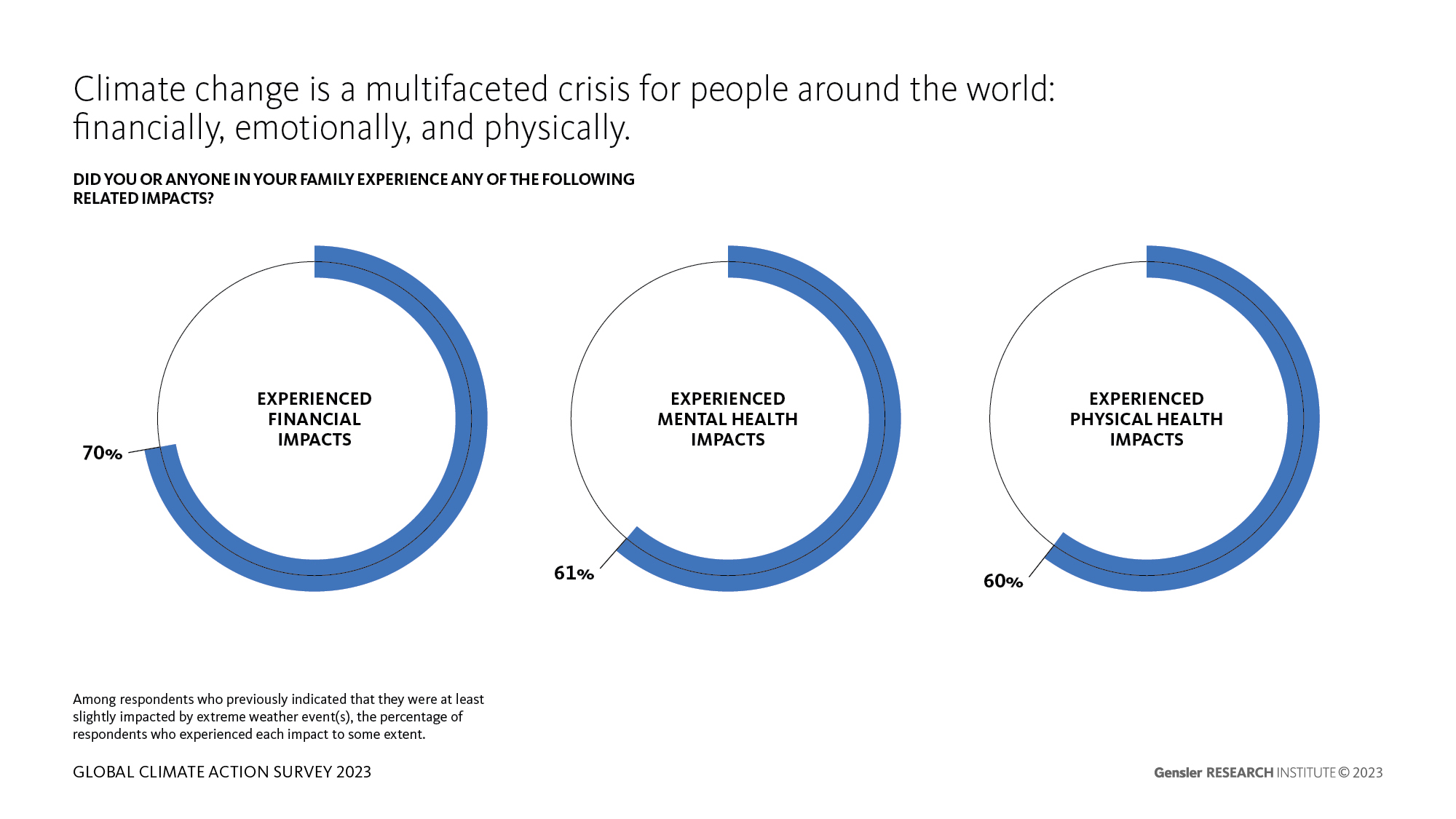
Feedback Forms
-
Distribute feedback forms to gather insights on what worked well and what could be improved.

Post-Event Engagement
-
Newsletter: Send a newsletter summarizing key takeaways from the event and encouraging continued action.
-
Social Media Groups: Create a Facebook group or forum where attendees can continue discussing climate change and sharing resources.

Additional Tips for Middle-Aged Audiences
-
Relatability: Use examples and case studies that are relevant to their lives, such as how climate change affects local agriculture or property values.
-
Practical Solutions: Focus on actionable steps they can take in their daily lives, such as reducing energy consumption or supporting local sustainable businesses.
-
Community Building: Emphasize how collective action can lead to meaningful change and foster a sense of community among attendees.

Conclusion
Organizing a climate change awareness event for middle-aged individuals requires careful planning, engagement, and follow-up. By tailoring your event to their interests and concerns, you can inspire meaningful action and build a community of like-minded individuals working towards a more sustainable future.

Appendix: Resources for Further Learning
-
Climate Change Education Platforms: Websites like .EnergyElephant offer valuable resources on climate action campaigns.
-
Community Engagement Guides: Documents like .MaREI’s Guide provide insights into effective community engagement strategies.
-
Local Environmental Organizations: Partner with local groups to access expertise and resources for your event.
![]()
Glossary
-
Climate Change Awareness: The process of educating people about the causes, effects, and solutions related to climate change.
-
Sustainable Practices: Actions taken to reduce environmental impact, such as reducing waste, conserving energy, and promoting eco-friendly products.
-
Community Engagement: The act of involving and motivating community members to participate in activities or discussions related to climate change.

References

Additional Resources for Middle-Aged Audiences
-
.TED Countdown: Offers inspiring talks and solutions on climate change.
-
.Local Climate Initiatives: Provides examples of community-led climate projects around the world.

Conclusion and Future Steps
By following this guide, you can create an engaging and impactful climate change awareness event that resonates with middle-aged individuals. Remember to keep the focus on practical solutions, community building, and relatable examples. Encourage attendees to take action and continue the conversation beyond the event. Together, we can inspire meaningful change and build a more sustainable future for all.








